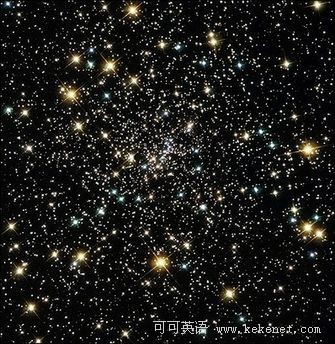
That has big implications for extraterrestrial biology, since life is based on carbon, and methane - which is made up of carbon and hydrogen - is a byproduct of metabolism. The planet's carbon-heavy atmosphere could retain heat and light, providing energy for life to get started and thrive. That life would have to survive on comparatively little oxygen and water, and would have to be very tolerant of methane.
這對于地外生命學來說意義重大。因為生命建立在碳的基礎上,而由碳和氫構成的甲烷是新陳代謝的副產品。大氣中高濃度的碳可以留住光和熱,為生命的出現和茁壯成長提供能量。這些生命要再氧氣和水相對較少的環境下生存,而且要能夠忍受甲烷。
As for some of the planets formed along with WASP-12b, they could easily be smaller, with rocky formations made not of silica, like Earth's, but of graphite or - given enough time and enough pressure - precious diamonds.
而和WASP-12b一起形成的另外一些行星很可能體積更小,巖層不像地球那樣由硅石構成,而是由石墨或者——如果有充足的時間和壓力——鉆石這樣的珍貴材料構成。













